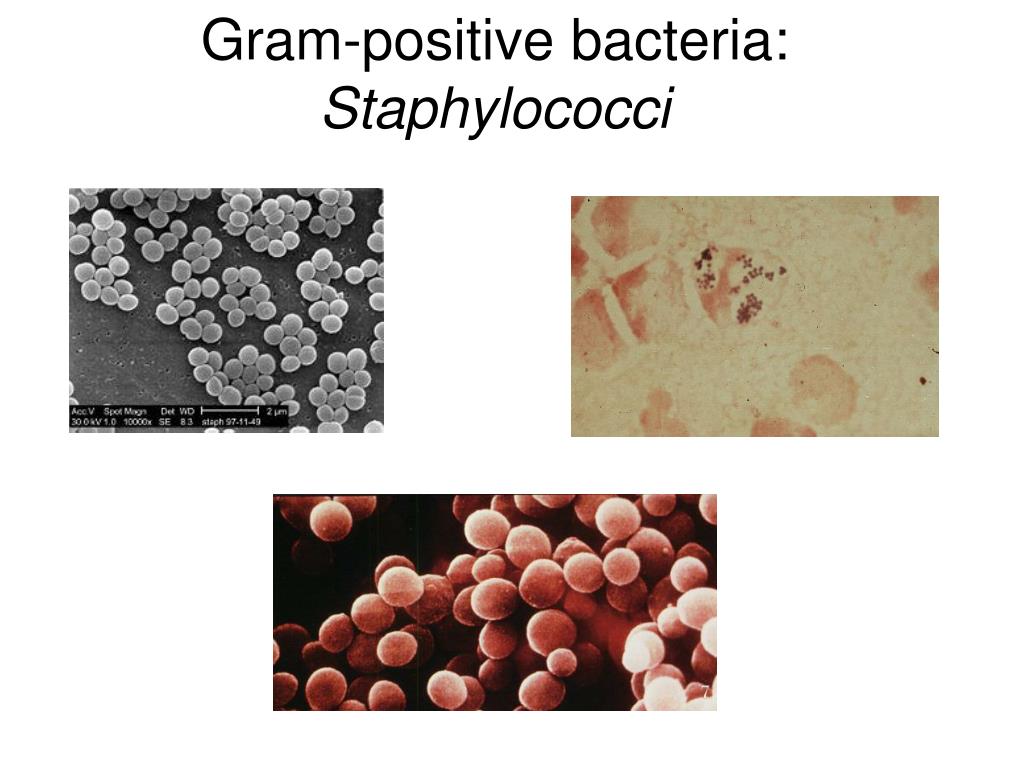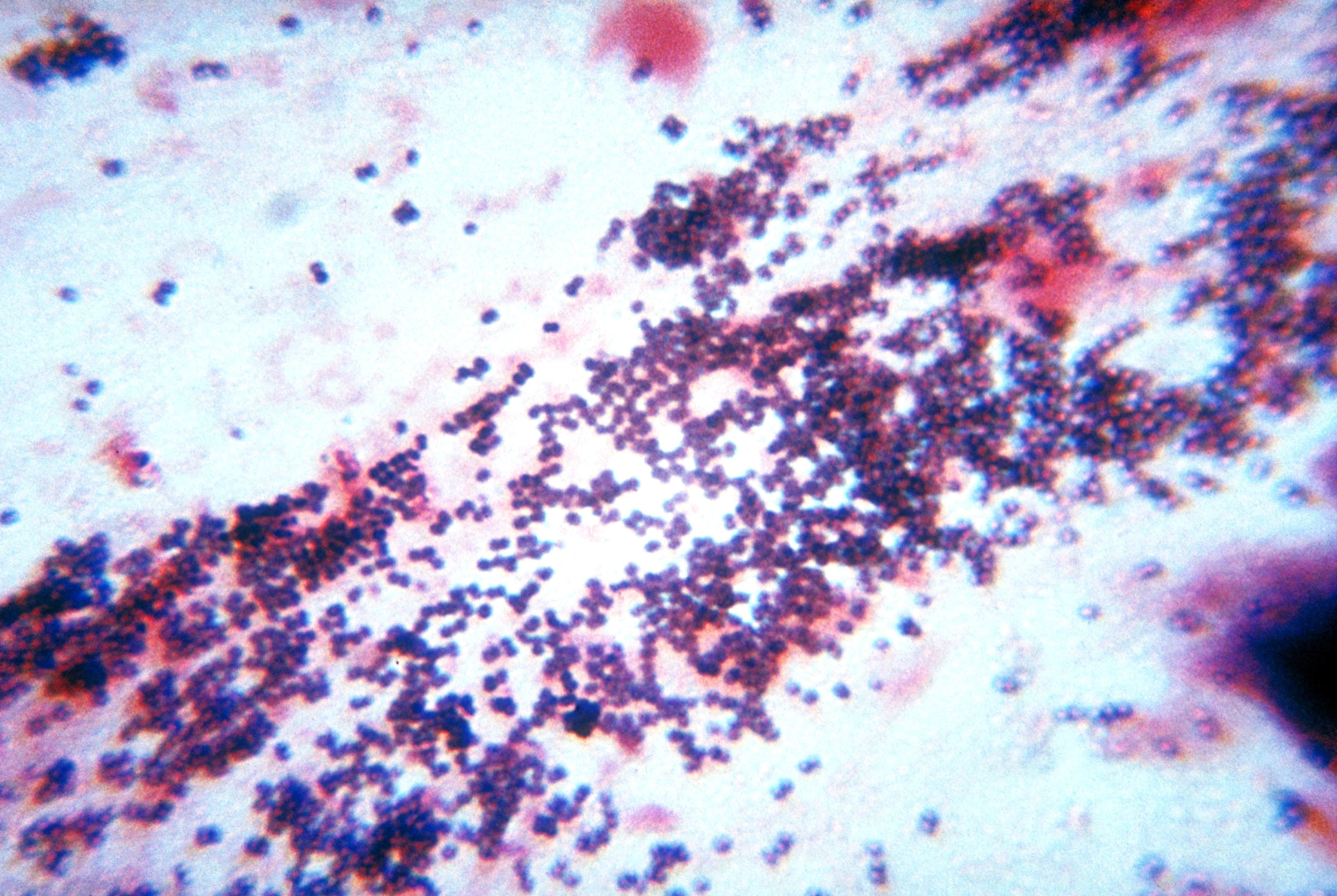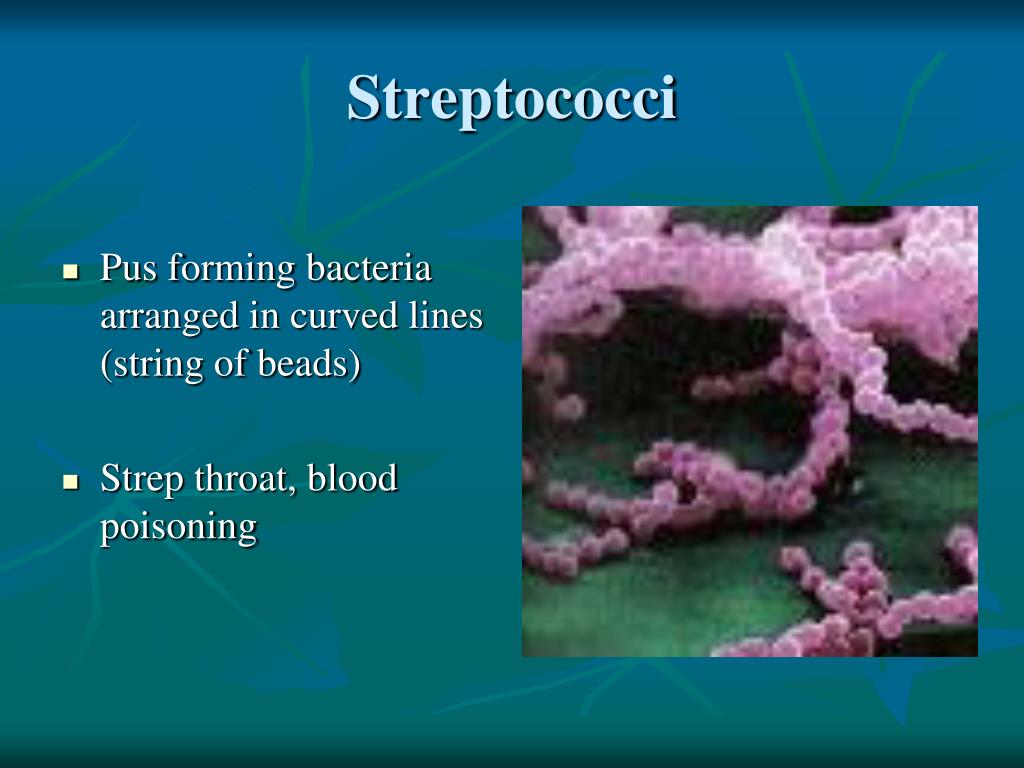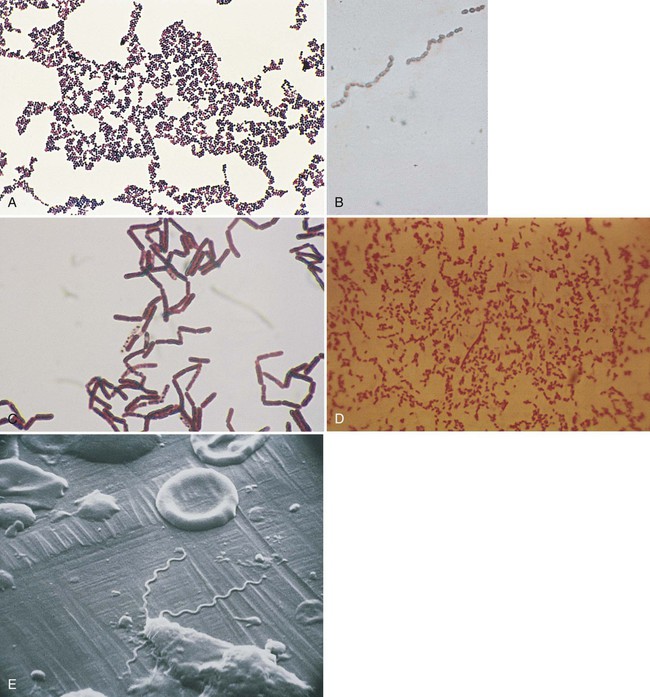Staphylococci Are Pus-Forming Bacteria That Grow In - Food poisoning causes symptoms such as nausea, vomiting,. Web staphylococci are often found in the human nasal cavity (and on other mucous membranes) as well as on the skin. They cause abscesses, pustules, and boils. Web staphylococcal infections, commonly called staph infections, are caused by a genus of bacteria called staphylococcus. Web these lesions grow through the arrival of immune cells and the destruction of healthy tissues associated with neutrophil. Among these diseases, superficial or deep. They are easy to culture from. Web staphylococcus aureus is a normal inhabitant of the skin and mucous membranes in the nose of a healthy human, while s. Web staphylococci and streptococci are among the most important bacterial pathogens of humans. Web biofilm formation has been shown to be critical to the success of uropathogens.
Staphylococcus Aureus Bacteria, Sem Photograph by
They are easy to culture from. Web staphylococci are often found in the human nasal cavity (and on other mucous membranes) as well as on the skin. Web staphylococci are members of the family staphylococcaceae. They cause abscesses, pustules, and boils. Web these lesions grow through the arrival of immune cells and the destruction of healthy tissues associated with neutrophil.
Staphylococci in Pus (gram stain) Albaraa Mehdar Flickr
Food poisoning causes symptoms such as nausea, vomiting,. Web staphylococci are members of the family staphylococcaceae. Among these diseases, superficial or deep. Boils cause a pocket of pus to form over a hair follicle. They are easy to culture from.
Staphylococcal Infection Symptoms, Causes, and Treatment
Web staphylococci are members of the family staphylococcaceae. They cause abscesses, pustules, and boils. Among these diseases, superficial or deep. Web staphylococci and streptococci are among the most important bacterial pathogens of humans. Web staphylococcal infections, commonly called staph infections, are caused by a genus of bacteria called staphylococcus.
PPT Gram Positive Pathogens PowerPoint Presentation, free download
Among these diseases, superficial or deep. They cause abscesses, pustules, and boils. Web staphylococci grow as communities in the lesion center within pseudocapsules that protect the organism from immune. Web coccus refers to the shape of the bacteria, and can contain multiple genera, such as staphylococci or streptococci. Web these lesions grow through the arrival of immune cells and the.
Infectious agents (cytology) eClinpath
Among these diseases, superficial or deep. Food poisoning causes symptoms such as nausea, vomiting,. Web staphylococcal infections, commonly called staph infections, are caused by a genus of bacteria called staphylococcus. Boils cause a pocket of pus to form over a hair follicle. They cause abscesses, pustules, and boils.
Free picture staphylococcus, bacteria, gram, stain, technique, patient
Web staphylococci grow as communities in the lesion center within pseudocapsules that protect the organism from immune. They are easy to culture from. Web staphylococcal infections, commonly called staph infections, are caused by a genus of bacteria called staphylococcus. Web staphylococci and streptococci are among the most important bacterial pathogens of humans. Web staphylococci are members of the family staphylococcaceae.
PPT Bacteriology PowerPoint Presentation, free download ID2016150
Web staphylococci are members of the family staphylococcaceae. Web staphylococci and streptococci are among the most important bacterial pathogens of humans. They cause abscesses, pustules, and boils. Web staphylococcus aureus is a normal inhabitant of the skin and mucous membranes in the nose of a healthy human, while s. Web staphylococci are often found in the human nasal cavity (and.
Staphylococcus aureus infection cardiac abscess Collection
Food poisoning causes symptoms such as nausea, vomiting,. Web staphylococci are often found in the human nasal cavity (and on other mucous membranes) as well as on the skin. Web different genes and their corresponding encoding in staphylococcus aureus biofilm formation. Web staphylococci and streptococci are among the most important bacterial pathogens of humans. Web coccus refers to the shape.
Medical Microbiology Nurse Key
Boils cause a pocket of pus to form over a hair follicle. Web coccus refers to the shape of the bacteria, and can contain multiple genera, such as staphylococci or streptococci. Web staphylococcal infections, commonly called staph infections, are caused by a genus of bacteria called staphylococcus. Web staphylococcus aureus is a normal inhabitant of the skin and mucous membranes.
Staphylococci in culture (Gram +ve cocci in clusters Flickr
Web biofilm formation has been shown to be critical to the success of uropathogens. Web staphylococci grow as communities in the lesion center within pseudocapsules that protect the organism from immune. Web these lesions grow through the arrival of immune cells and the destruction of healthy tissues associated with neutrophil. Among these diseases, superficial or deep. Web staphylococci are often.
Web staphylococci grow as communities in the lesion center within pseudocapsules that protect the organism from immune. Web these lesions grow through the arrival of immune cells and the destruction of healthy tissues associated with neutrophil. Food poisoning causes symptoms such as nausea, vomiting,. Web staphylococci are often found in the human nasal cavity (and on other mucous membranes) as well as on the skin. Boils cause a pocket of pus to form over a hair follicle. They cause abscesses, pustules, and boils. Web biofilm formation has been shown to be critical to the success of uropathogens. Among these diseases, superficial or deep. Web staphylococci and streptococci are among the most important bacterial pathogens of humans. Web staphylococcus aureus is a normal inhabitant of the skin and mucous membranes in the nose of a healthy human, while s. Web different genes and their corresponding encoding in staphylococcus aureus biofilm formation. Web staphylococci are members of the family staphylococcaceae. Web coccus refers to the shape of the bacteria, and can contain multiple genera, such as staphylococci or streptococci. Web staphylococcal infections, commonly called staph infections, are caused by a genus of bacteria called staphylococcus. They are easy to culture from.
Web Coccus Refers To The Shape Of The Bacteria, And Can Contain Multiple Genera, Such As Staphylococci Or Streptococci.
Web different genes and their corresponding encoding in staphylococcus aureus biofilm formation. They cause abscesses, pustules, and boils. Among these diseases, superficial or deep. Web these lesions grow through the arrival of immune cells and the destruction of healthy tissues associated with neutrophil.
Web Staphylococci And Streptococci Are Among The Most Important Bacterial Pathogens Of Humans.
Web staphylococci are often found in the human nasal cavity (and on other mucous membranes) as well as on the skin. They are easy to culture from. Web staphylococcus aureus is a normal inhabitant of the skin and mucous membranes in the nose of a healthy human, while s. Web staphylococcal infections, commonly called staph infections, are caused by a genus of bacteria called staphylococcus.
Web Staphylococci Grow As Communities In The Lesion Center Within Pseudocapsules That Protect The Organism From Immune.
Boils cause a pocket of pus to form over a hair follicle. Food poisoning causes symptoms such as nausea, vomiting,. Web biofilm formation has been shown to be critical to the success of uropathogens. Web staphylococci are members of the family staphylococcaceae.





/bacterial-infection-skin-mass-73.jpg)




